In the past two years, new packaging on the Chinese beverage market has gradually increased, especially for PET bottles. For instance, Watson’s “Ring Bao†bottle, the Hui’s Huiyuan “He + Her-†plastic bottle, and the delightful Yanjing “Dongdong†conical bottle can be seen at a glance. The emergence of a large number of plastic bottled beverages makes the variety of beverage packaging on the market colorful.
At present, there are several types of plastics used in beverage packaging: First, polyethylene (PE): PE is the world's largest synthetic resin production, and also the largest consumption of plastic packaging materials. Polyethylene products are divided into low density, medium density and high density. Among them, high-density polyethylene (HDPE) has a high degree of crystallinity, and its hardness, airtightness, mechanical strength, and chemical resistance are good. Therefore, a large number of hollow containers such as bottles have been molded by blow molding. Using the characteristics of good heat-sealing properties of PE, containers made of various composite materials can hold various beverages such as lemon juice and fruit juice. The second is polyvinyl chloride (PVC): PVC can be roughly divided into three categories of hard products, soft products and paste products. The PVC bottle seamless line produced by the injection blowing method has a uniform wall thickness and can contain gas-containing beverages such as cola and soft drinks. PVC bottles produced by the extrusion blow molding method are only suitable for containing fruit juices and mineral water. Third, polypropylene (PP): Because of its high transparency, smoothness, and good processability, it can be combined with other materials to make a variety of beverage packaging containers. The fourth is polyester (PET or PETP): PET bottles produced by the two-axis stretch blow molding method have good transparency, high surface gloss and a glassy appearance, and are the most suitable plastic bottles instead of glass bottles. In recent years, the production of PET bottles in China has developed rapidly. It is widely used in beverages that require hot filling, such as tea beverages and fruit juices, and is now used in the packaging of Coca-Cola.
From the perspective of the market share of the world’s beverage powers, the share of PET bottles exceeds 70%. According to a survey, by 2007, the European market for plastics for food and beverage packaging will increase from US$4.91 billion in 2000 to US$7.15 billion, with an average annual growth rate of 5.5%. As the performance of plastic materials in terms of hardness, heat resistance, toughness, etc., is improving day by day, European food and beverage industries are increasingly using plastic packaging materials instead of traditional paper, glass, and metal packaging. The fastest sales growth is expected to be polypropylene packaging market, in which thermoplastic polypropylene will increase 10.7%, transparent polypropylene will increase 9.5%, followed by PET, the annual growth rate of about 9.2%, and expanded polystyrene The market for flexible PVC has the smallest increase, and may even stop growing. The most countries in the European food and beverage industry that use plastic packaging materials are France (18.7%), followed by Italy (18%) and Germany (17.2%).
At present, China is also in the stage of high-speed development of PET beverage packaging, and the demand for polyester bottles is growing at a double-digit rate every year. The proportion of PET bottle used in domestic carbonated beverage packaging accounted for 57.4%. It can be seen that polyester bottle packaging has occupied a major share of the domestic beverage packaging market.
The popularity of PET-packed beverages is due to the advantages it offers in other beverage packaging formats. For example, consumers believe that PET bottled beverages are high in volume, transparent, intuitive, light and easy to open, refrigerated, portable, and sturdy. , Recyclable, etc. All of these provide a broader perspective for the development of PET bottled beverages. The main disadvantage of PET packaging is its tendency to cause gas infiltration, especially for beer and other inflated beverages. The infiltration of oxygen and the loss of carbon dioxide are all significant effects on flavor and mouthfeel; the chemical properties of polyesters are more active than glass. Therefore, it is very likely that some flavor substances in beer will be absorbed, which will cause changes in the taste of the beer; PET bottles will be easily scratched and lacerated during the process of filling, filling and transport; currently, PET bottles do not completely solve the problem of heat sterilization. , thus limiting its scope of application.
Stainless Steel Flower Planter
Great way to bring the outdoors into your space. Plant pots are perfect for growing succulents, grass, and small plants.
Contemporary Industrial Style - Stainless steel Flower Planter fits into any home décor with the simple shape and stainless steel material.
Included (4) low profile rubber pads - Easy to install, provides increased stability, and protects metal plant pots and the surface that you place it on.
The Stainless Steel garden pots helps you bring home a clean and sleek designer look. Perfect on the window sill, counter top, Fireplace mantle, and as a table's centerpiece. The heavy duty stainless steel is hand welded to ensure a water tight enclosure.
* EASY TO CLEAN: Like most stainless steel, finger prints and water spots may show. Simply use a damp towel, or a little window cleaner will take care of it. The plants depicted in the picture are not included with the purchase.
We also offer other steel materials,like Corten Steel Flower Planter,galvanized steel flower pots.
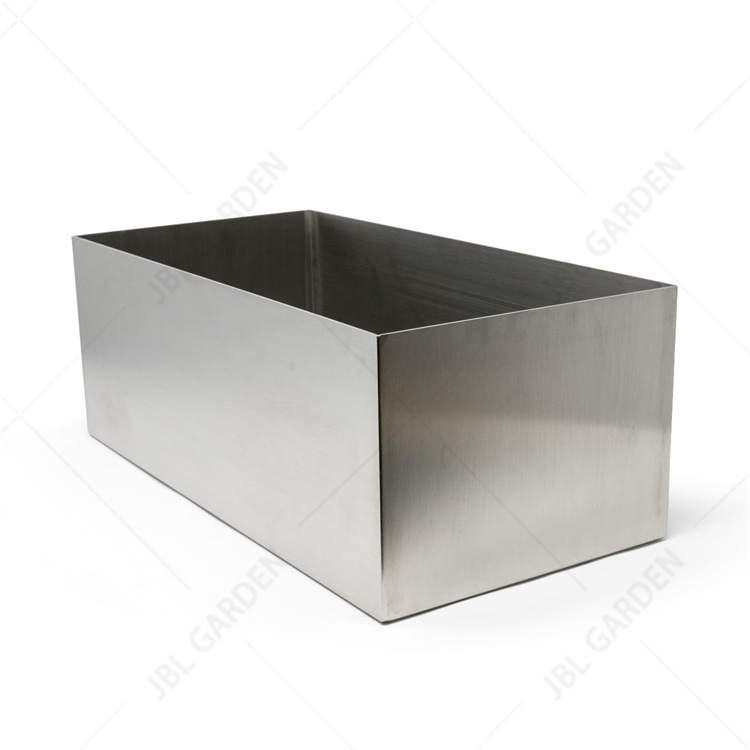
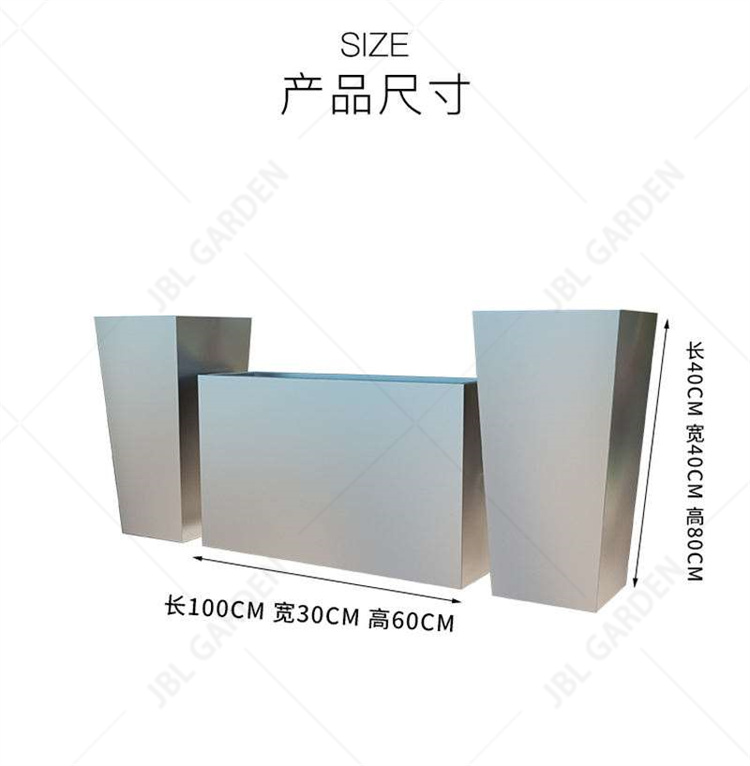
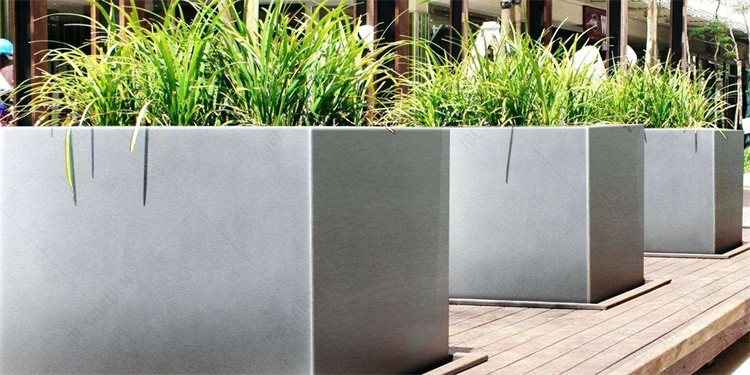


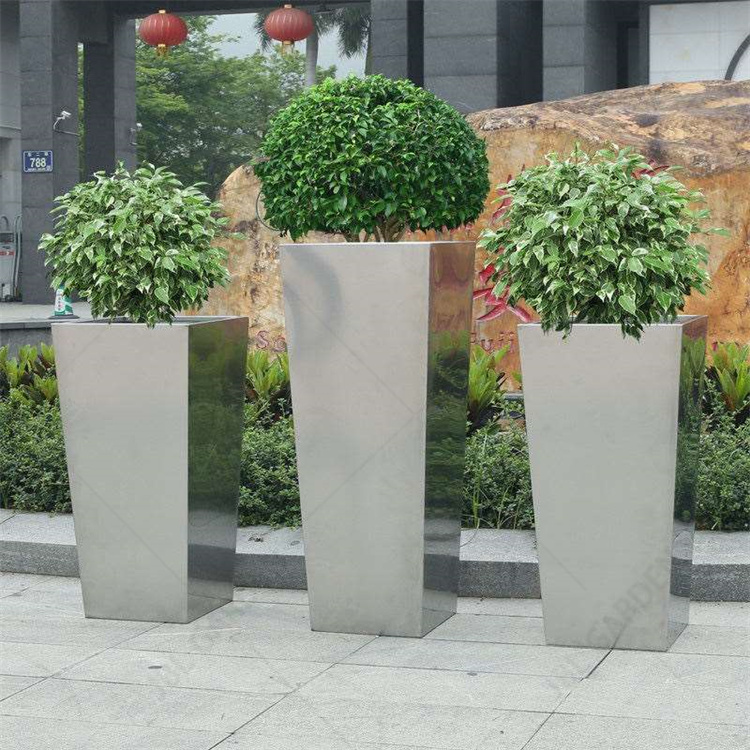
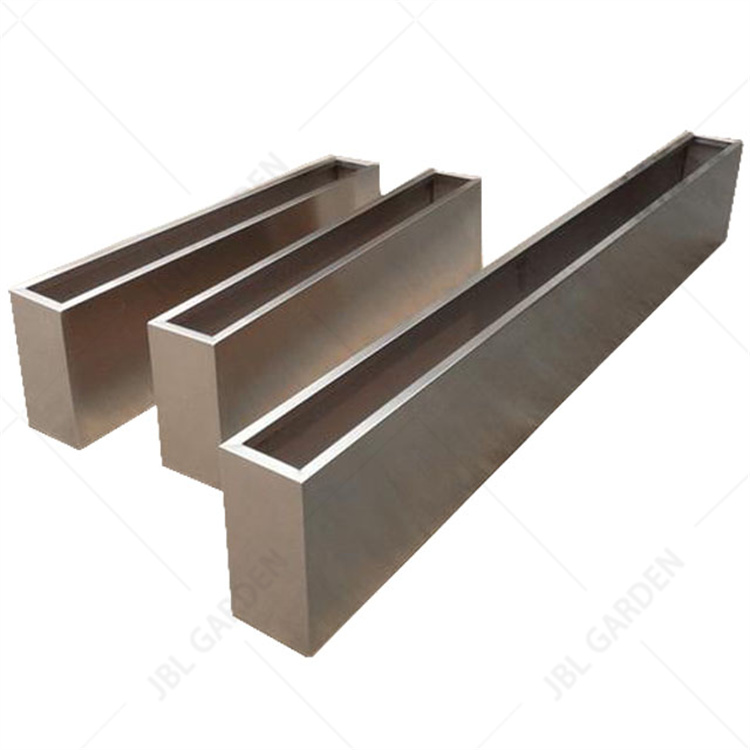
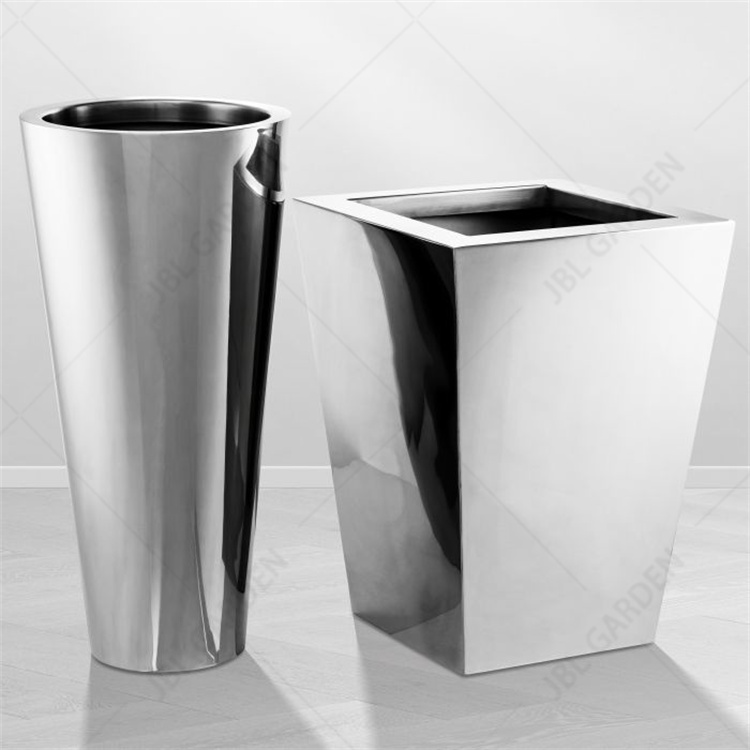
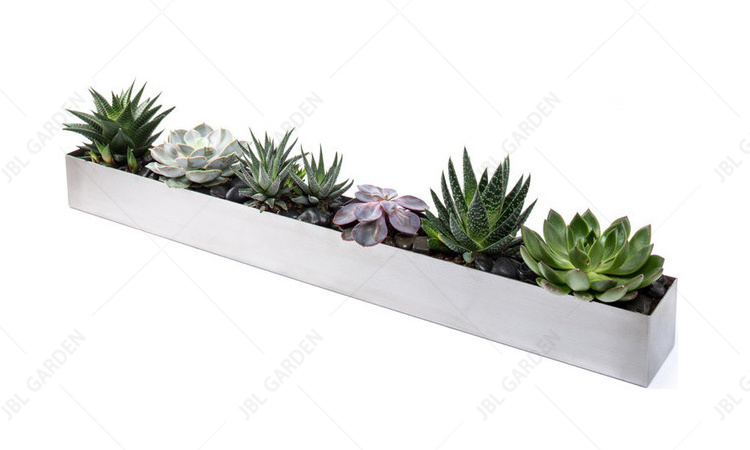
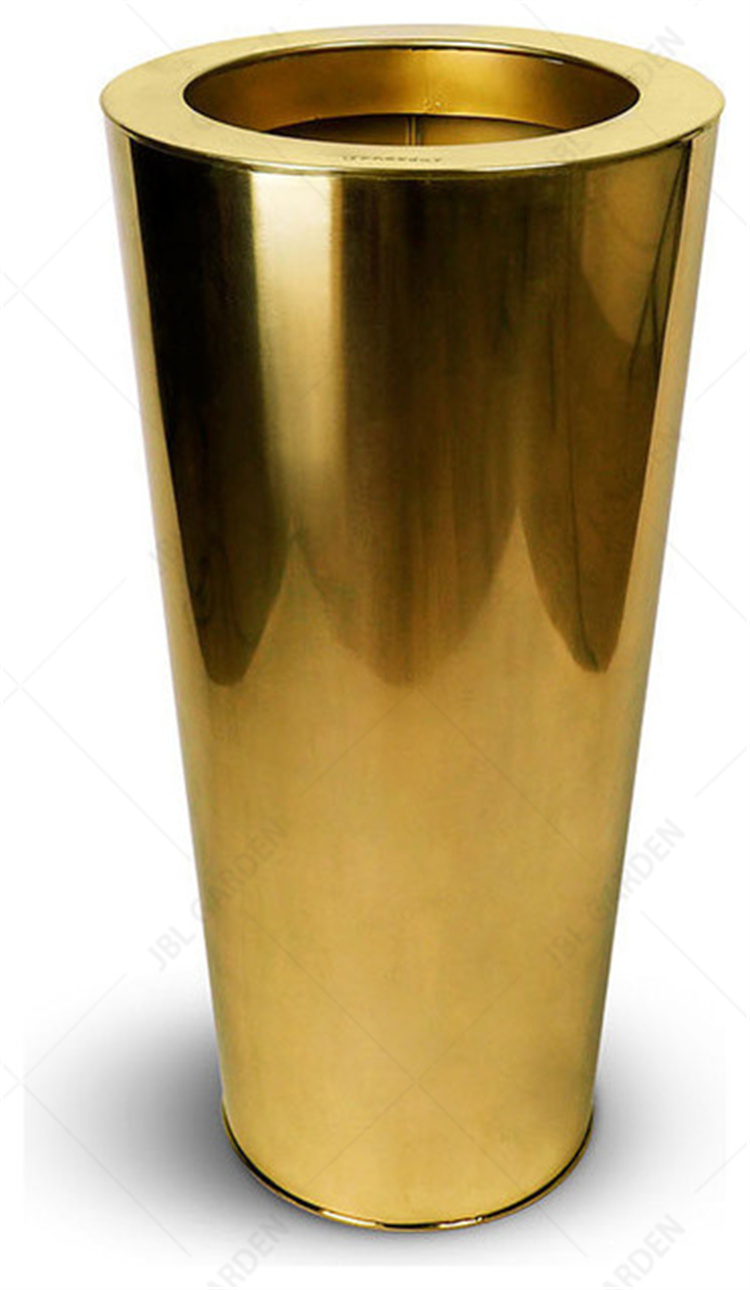
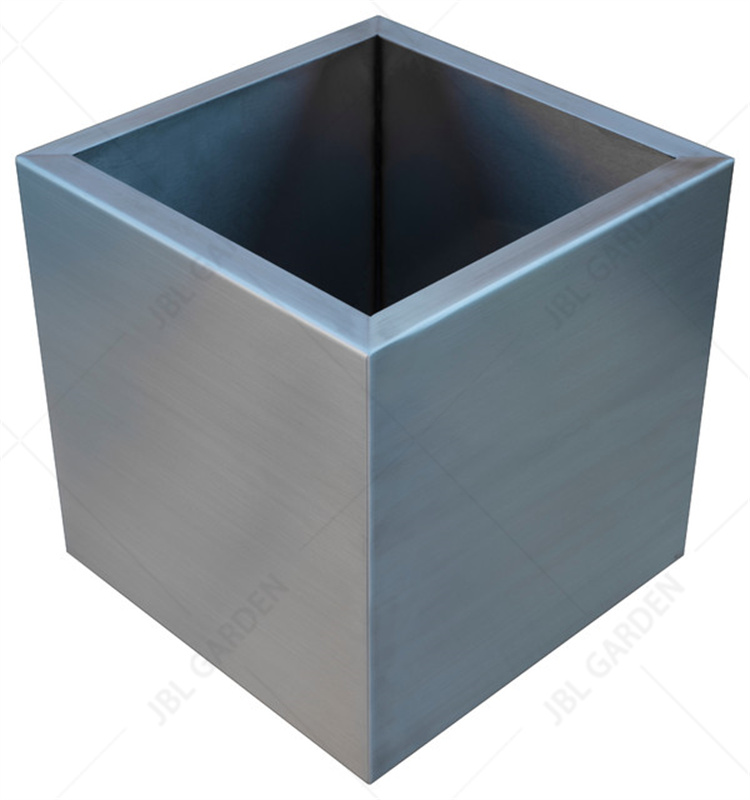
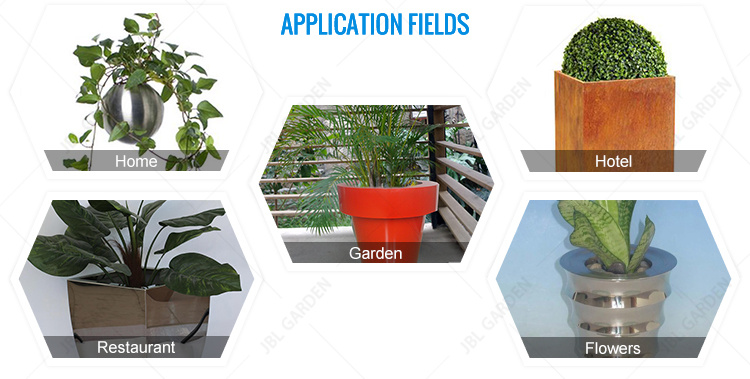
Stainless Steel Flower Planter Stainless Steel Flower Planter,Garden Plant Pots,Flower Pot Holder,Metal Plant Pots
Henan Jinbailai Industrial Co.,Ltd , https://www.gardensteelarts.com











